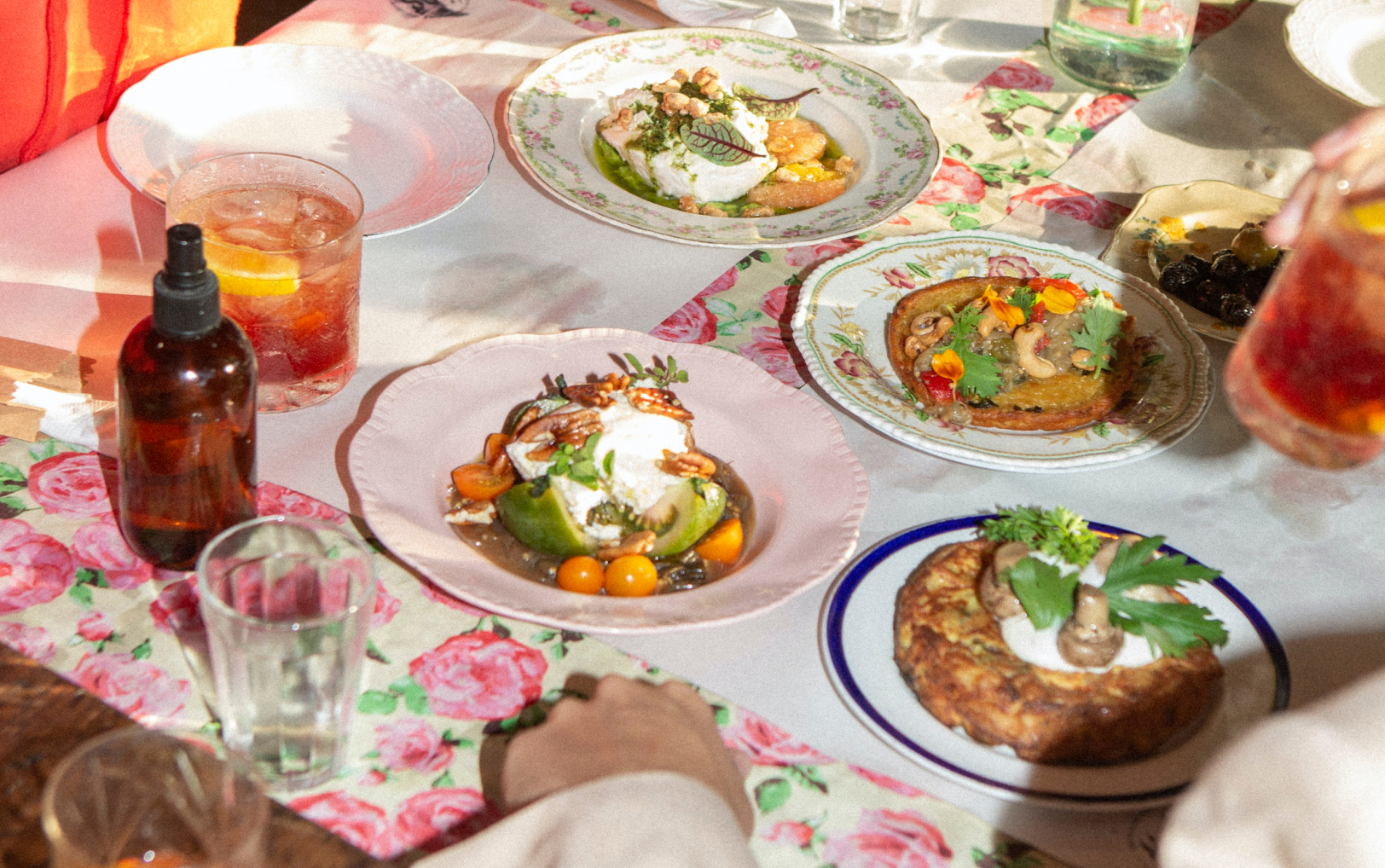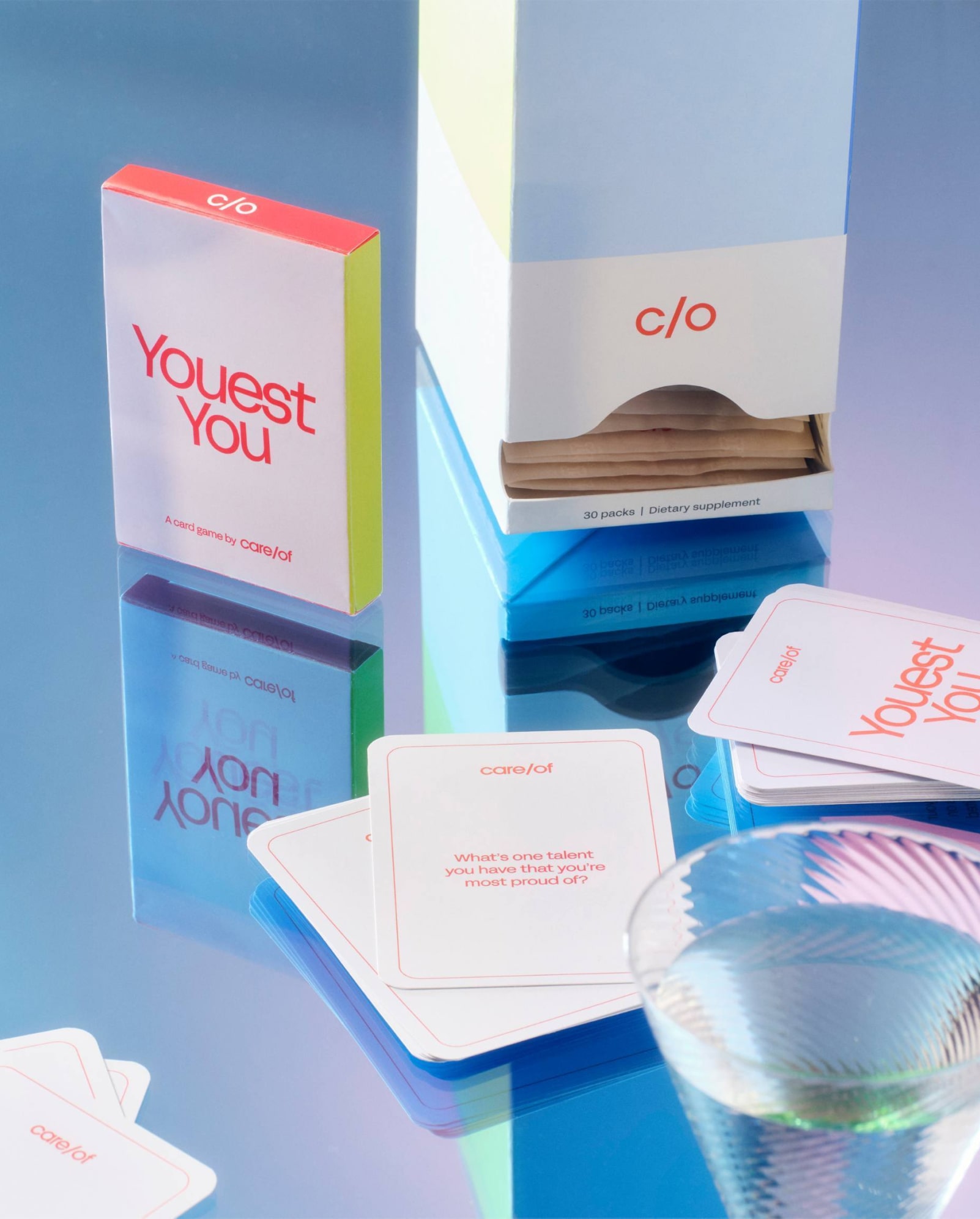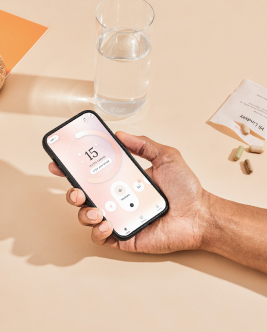nutrition
14 of the Best Biotin Containing Foods to Try Today
On This Page

Touted primarily as a cosmetic supplement for the hair and nails, here we discuss the best ways to work biotin into a healthy diet.
For its promise of cosmetic benefits (for nails and hair), biotin is on the list of popular beauty supplements, which includes collagen, vitamin E, and hyaluronic acid for skin, zinc, iron and vitamin C for hair, and others. But of course, even without a supplement, there are good ways to absorb the nutritional benefits of biotin through food. Most people do not experience biotin deficiency as most foods contain certain amounts that reach the daily recommended amounts. Here we discuss a number of the most biotin-rich foods available alongside their myriad health benefits.
What is Biotin?
As one of the B-complex suites, biotin, or B-7, has its primary role in the conversion of food into usable energy. Its Greek root, “biotos,” means life-giving, and it’s true: beyond the cosmetic benefits, in the regulation of our nervous system, our eye and liver health, biotin plays a sustaining role. Looked at broadly, this role starts with the enzymes, those tiny catalysts of necessary biochemical reactions, where biotin aids in the break-down and deployment of nutrients throughout the body. From there, the use of biotin becomes more specific, whether enriching hair and nail health or regulating blood sugar levels already in normal range.
Foods that Contain Biotin
Legumes
To start the biotin-containing food list: legumes. The word legume, of course, refers to the broad category of edible plants, which covers everything from spring peas and chickpeas to soy and peanuts. Officially, there are some 16,000 varieties and sub-varieties of legumes worldwide, but some of the more common types include black beans, lima beans, kidney beans, Great Northern beans, pinto beans, and lentils, as well as the four mentioned above. With the variety of legumes comes a variety of harvesting and preparation methods. A simple green bean can be eaten fresh from the vine, as they say; whereas in the case of something like a lentil, it is the husked little pea inside the pod, or the pulse, that we eat.
Nutritious in their own right or as a replacement to animal protein in a vegan or vegetarian diet, though the nutritional profile varies from plant to plant, many legumes offer a substantial serving of macronutrients (carbs and protein) as well as fiber. They also varying amounts of biotin. In a 120 mg serving of canned green beans, for example, we find 0.01 mcg of biotin; in one 28 g serving of peanuts, 4.91 mcg.
For anyone looking to up their biotin intake, legumes offer the dual benefit of healthy, animal-free protein in tandem with several key vitamins and minerals, biotin included.
Liver
Perhaps because it never underwent the polite renaming of most of the animal products we consume (think “pig” to “pork”), liver can be a tough sell. There’s also the fact that consuming liver in excess of the moderate recommended weekly amount can overburden our bodies with too much of a good thing. But any queasiness around the anatomical name belies a densely packed nutritional profile, full of lean protein and other healthy vitamins and minerals, including biotin. A single serving of cooked beef liver has 31 mcg of biotin, or a little over the RDA. And since the biotin ingests aids our own liver in carrying out its processes, the benefits travel appropriately from one liver to another.
So as long as we keep in mind a rule of moderation, liver represents a good “one-stop-shop” route to our daily biotin quota.
Sweet Potatoes
Unlike liver, sweet potatoes seem to be enjoying an extended spotlight moment in culinary and health circles for their buzzy superfood affiliations. And yet, the hype isn’t unjustified. Close kin to the humble potato, sweet potatoes are an appealing starch option for a high-nutrient, quick-to-make dinner. And, a single serving of sweet potatoes comes packed with A, B, and C vitamins, as well as a variety of minerals. They also happen to get us part of the way to our daily biotin needs, at 2.4 mcg per half cup. With their culinary versatility and broad health benefits, sweet potatoes are a foolproof addition to any biotin-conscious diet.
Mushrooms
Although divisive along taste lines, the health benefits of mushroom make for an easy consensus. As they come in all shapes and sizes, what a mushroom offers us, nutritionally and otherwise, will depend on what variety it is. Of course there are thousands of identifiable fungi, but which ones are safe to eat is a much smaller category.
Mushrooms are rich in vitamins and minerals that can protect our brain health over time, and, in the short term, boost our immune system. A 120 g serving of canned mushrooms, for instance, yields 2.6 mcg of biotin, or roughly 10% of the daily value. Doing the can one better, a cup serving of garden variety button mushrooms has 5.6 mcg, or close to 20% of the daily value. The popular shitake, too, when fresh, has something like 6 mcg per 100 g serving. Still better, a hundred gram serving of dried porcini mushrooms, which equates to about two-thirds a cup, has just about 94 mcg of biotin. That’s a lot of biotin! For a biotin-rich meal to impress, fold a cup or so of reconstituted dried porcini mushrooms into risotto, and add fresh shiitake and any of your other favorite mushrooms.
Bananas
Beloved for their natural sweetness and high potassium content, bananas are less known as a source of biotin, perhaps because the average small banana delivers a modest 0.2 mcg, or something like 1% of the daily value. But every bit counts and bananas make the list for their broad popularity and ease of integration into the majority of diets. For a modest biotin kick before lunch, consider mashing a ripe banana into your portion of overnight oats.
Broccoli
Broccoli is sometimes called the “little broom” of digestion, and its best-known health benefit is arguably its high fiber content, not to mention its broad cornucopia of vitamins and rich antioxidant profile. But broccoli is also yet another potential contributor to our daily biotin needs. For every half cup serving it yields 0.4 mcg of biotin, or about double that of a banana. Versatility of preparation makes it an easy dinner side, whether par-cooked and thrown into stir fries or roasted all the way through and dressed with a fresh squeeze of lemon juice–with broccoli’s many health benefits, the options abound.
Eggs
The lowly and ubiquitous egg also happens to be a dietician’s favorite, with their rare pairing of affordability and good nutrition. Though not all eggs are created equal (the ones with the prefixes–free-range, organic, etc–tend to have the most nutrition), the average egg can help boost protein intake. And, as any dietician will tell you, think before discarding the yolk, for the yolk is where many of the nutrients are found.
Eggs also offer up their fair share of biotin among other nutrients depending on the diet the hens are fed. Those fed vitamin enriched diets produced eggs with 50% or more of the daily recommended intake (RDI) for biotin, vitamin B12, and vitamin K.
Yeast
Yeast contains about 0.2 mcg of biotin for every 1 g serving, making it another potential source of dietary biotin. The fact that it is found everywhere, baked into breads, brewed into beer, adds accessibility to the appeal.
Avocados
The lime-green smear of avocado has become something of a signifying brush-stroke of modern online health-culture; everywhere we see it, the connotations are the same. The good fats in avocado, what we call mono and poly-unsaturated fats, provide the luxury without the guilt. Moreover, a 37 g serving of avocado provides 0.36 mcg of biotin, which is a good start toward the daily values.
Nuts and Seeds
Nuts and seeds represent another good opportunity for incorporating biotin into your diet. Plain almonds, for example, give us 1.5 mcg for every quarter cup.
Salmon
Salmon yields approximately 5 mcg of biotin per every 3 oz. serving, which, again, makes it a good, easy-to-find option. Salmon also happens to be a source of the much-touted omega-3 fatty acids, known for their benefits for our hearts and our brains.
Dairy
Lower down on the list, a cup of 2% milk has 3 mcg of biotin. Alternative milks, too, provide their contribution through fortification.
Tuna
Like salmon, tuna represents a good seafood source of biotin, at around 0.6 mcg for every small 3 oz. serving. Canned varieties are readily available, of course, and tuna flash-seared in a pan pairs well with bright, fruity salsas.
Spinach
Another nutritional powerhouse, spinach rounds out a teeming nutritional profile with 0.5 mcg of biotin for every half cup.
How Much Biotin Do You Need?
For the average adult, the RDA for biotin is 30 mcg, although this number may rise during pregnancy or breastfeeding to 35 mcg. Being water-soluble, any excess biotin will get flushed out of our system, making the risk of adverse effects or “overdose” very unlikely. As always, consult your doctor before making a conscious change to your diet or supplement regimen.
The Bottom Line
For anyone looking for a dietary way to add biotin, the options abound. Biotin is found in large and small doses in a variety of foods, and contributes to the healthy appearance of our skin and hair, as well as helping to support nervous system activity.



